There's a fascinating story behind Factorylux Eco-Filament bulbs, a story which encapsulates the exceptional quality and durability of the product.
The filament in an Eco-Filament bulb is actually a thin 2.8mm glass tube which is bent to form the cage shape. The Dutch electronics giant Philips started work on narrow diameter fluorescent tube technology in the early 1990s. The initial work was done at the Philips' Central Development Laboratory in Eindhoven in the Netherlands - then the global centre for R&D.
 When the technology proved viable, a pilot manufacturing line for the tubes was set up in 1993 at Roosendaal in the Netherlands. Setting up the pilot line tackled the technical challenges of mechanising tube production. It defined the steps needed to produce lights utilising narrow diameter fluorescent tubes, but as separate processes rather than as an integrated production line. Initial demand for lighting from the pilot line was strong and they were used in a range of niche applications both by Philips and other OEMs.
Philips had a turbulent period in the 1990s. In 1991, 45,000 job were shed as part of operation Centurion. In 1996 the incoming CEO, Cor Boonstra, stopped all R&D on projects that were not going to move to full production within two years. The decision was made to close the pilot line with no move to mass production. Gerrit van Amelsvoort and Coen van‘t Westeinde were two of the many engineers involved in the development of the narrow diameter fluorescent tube technology. They had complete faith in the work and were sure Philips were making the wrong decision, so they started negotiations for a management buy-out of the technology.
The buy-out process was tortuous - it took two years of pushing before Coen and Gerrit managed to get an agreement in relation to the technology - both the production equipment and ten key patents which had to be licensed. The deal almost fell through at the last minute when the production manager at the Philips' plant in Roosendaal decided that, contrary to previous assurances, the pilot line could not remain on site. Coen and Gerrit had to find, fund and fit-out new research and production facilities from scratch. When it came to moving the machinery, it had to be taken out of a hole specially cut in the first floor at the Philips' plant because it wouldn't fit down the stairs.
On 1 April 1999 Coen and Gerrit received the keys to their new production facilities and, amazingly, production started on 1 May. In the two years since Philips had decided to stop production, the existing customers had found other suppliers or alternative solutions. When the new company - NDF Special Light Products BV - was incorporated, it had no customers, no orders, no turnover and no external funding. Philips had decided not to invest in NDF - a decision it came to regret - and Coen had to mortgage his house to fund the business.
Initially Gerrit and Coen were the only people working for NDF - Gerrit doing the production while Coen set out to find customers. When NDF started providing samples of their lighting, potential customers were amazed at how physically and electronically robust the narrow filament lamps were. They could cope with current spikes which would simply blow competitors' lights and they could cope with intense vibration. The quality of the light was equally impressive: there was no variation in the colour temperature between lamps and the light output of each lamp declined very little over time. NDF attribute the quality of their lamps to the production process and the use of a hollow cathode made of a material which remains a secret and exclusive to NDF.
Thales, the French aerospace systems manufacturer, was the first large OEM to visit the new facilities. To make the business seem bigger, Coen and Gerrit recruited members of their family to 'work' in the plant on the day of the visit and persuaded workers in the adjacent factory to use the NDF car park. Thales is one of many specialist manufacturers which uses NDF narrow diameter cold cathode fluorescent lamps to back-light displays.
NDF has been hugely successful in supplying specialist lighting. NDF's lamps are extensively used in avionic and air-traffic control displays - they light 83% of air-traffic control screens. They are also used in medical diagnostic and screening technology where the quality and consistency of light output over time and between screens is absolutely critical. NDF lamps light 98% of the screens used to analyse mammography results.
When you choose Eco-Filament low energy bulbs you are buying the technology from the people who developed it, understand it best and have reconfigured it for domestic and decorative installations. NDF has put a huge amount of development work in ensuring the Eco-Filament bulbs are ideal for domestic use in terms of colour temperature, short start-up time, and dimming. And because the technology has been used for over a decade in safety critical applications and some of the most challenging environments, you can be sure the bulbs retain 80% of their brightness at 25,000 hours and fewer than 1% of the lamps fail before 25,000 hours.
NDF does not rest on its laurels - its amazing Arphos® LED backlighting technology will take the CFL lighting to the next level in terms of efficiency, quality, reliability and durability.
When the technology proved viable, a pilot manufacturing line for the tubes was set up in 1993 at Roosendaal in the Netherlands. Setting up the pilot line tackled the technical challenges of mechanising tube production. It defined the steps needed to produce lights utilising narrow diameter fluorescent tubes, but as separate processes rather than as an integrated production line. Initial demand for lighting from the pilot line was strong and they were used in a range of niche applications both by Philips and other OEMs.
Philips had a turbulent period in the 1990s. In 1991, 45,000 job were shed as part of operation Centurion. In 1996 the incoming CEO, Cor Boonstra, stopped all R&D on projects that were not going to move to full production within two years. The decision was made to close the pilot line with no move to mass production. Gerrit van Amelsvoort and Coen van‘t Westeinde were two of the many engineers involved in the development of the narrow diameter fluorescent tube technology. They had complete faith in the work and were sure Philips were making the wrong decision, so they started negotiations for a management buy-out of the technology.
The buy-out process was tortuous - it took two years of pushing before Coen and Gerrit managed to get an agreement in relation to the technology - both the production equipment and ten key patents which had to be licensed. The deal almost fell through at the last minute when the production manager at the Philips' plant in Roosendaal decided that, contrary to previous assurances, the pilot line could not remain on site. Coen and Gerrit had to find, fund and fit-out new research and production facilities from scratch. When it came to moving the machinery, it had to be taken out of a hole specially cut in the first floor at the Philips' plant because it wouldn't fit down the stairs.
On 1 April 1999 Coen and Gerrit received the keys to their new production facilities and, amazingly, production started on 1 May. In the two years since Philips had decided to stop production, the existing customers had found other suppliers or alternative solutions. When the new company - NDF Special Light Products BV - was incorporated, it had no customers, no orders, no turnover and no external funding. Philips had decided not to invest in NDF - a decision it came to regret - and Coen had to mortgage his house to fund the business.
Initially Gerrit and Coen were the only people working for NDF - Gerrit doing the production while Coen set out to find customers. When NDF started providing samples of their lighting, potential customers were amazed at how physically and electronically robust the narrow filament lamps were. They could cope with current spikes which would simply blow competitors' lights and they could cope with intense vibration. The quality of the light was equally impressive: there was no variation in the colour temperature between lamps and the light output of each lamp declined very little over time. NDF attribute the quality of their lamps to the production process and the use of a hollow cathode made of a material which remains a secret and exclusive to NDF.
Thales, the French aerospace systems manufacturer, was the first large OEM to visit the new facilities. To make the business seem bigger, Coen and Gerrit recruited members of their family to 'work' in the plant on the day of the visit and persuaded workers in the adjacent factory to use the NDF car park. Thales is one of many specialist manufacturers which uses NDF narrow diameter cold cathode fluorescent lamps to back-light displays.
NDF has been hugely successful in supplying specialist lighting. NDF's lamps are extensively used in avionic and air-traffic control displays - they light 83% of air-traffic control screens. They are also used in medical diagnostic and screening technology where the quality and consistency of light output over time and between screens is absolutely critical. NDF lamps light 98% of the screens used to analyse mammography results.
When you choose Eco-Filament low energy bulbs you are buying the technology from the people who developed it, understand it best and have reconfigured it for domestic and decorative installations. NDF has put a huge amount of development work in ensuring the Eco-Filament bulbs are ideal for domestic use in terms of colour temperature, short start-up time, and dimming. And because the technology has been used for over a decade in safety critical applications and some of the most challenging environments, you can be sure the bulbs retain 80% of their brightness at 25,000 hours and fewer than 1% of the lamps fail before 25,000 hours.
NDF does not rest on its laurels - its amazing Arphos® LED backlighting technology will take the CFL lighting to the next level in terms of efficiency, quality, reliability and durability.
 When the technology proved viable, a pilot manufacturing line for the tubes was set up in 1993 at Roosendaal in the Netherlands. Setting up the pilot line tackled the technical challenges of mechanising tube production. It defined the steps needed to produce lights utilising narrow diameter fluorescent tubes, but as separate processes rather than as an integrated production line. Initial demand for lighting from the pilot line was strong and they were used in a range of niche applications both by Philips and other OEMs.
Philips had a turbulent period in the 1990s. In 1991, 45,000 job were shed as part of operation Centurion. In 1996 the incoming CEO, Cor Boonstra, stopped all R&D on projects that were not going to move to full production within two years. The decision was made to close the pilot line with no move to mass production. Gerrit van Amelsvoort and Coen van‘t Westeinde were two of the many engineers involved in the development of the narrow diameter fluorescent tube technology. They had complete faith in the work and were sure Philips were making the wrong decision, so they started negotiations for a management buy-out of the technology.
The buy-out process was tortuous - it took two years of pushing before Coen and Gerrit managed to get an agreement in relation to the technology - both the production equipment and ten key patents which had to be licensed. The deal almost fell through at the last minute when the production manager at the Philips' plant in Roosendaal decided that, contrary to previous assurances, the pilot line could not remain on site. Coen and Gerrit had to find, fund and fit-out new research and production facilities from scratch. When it came to moving the machinery, it had to be taken out of a hole specially cut in the first floor at the Philips' plant because it wouldn't fit down the stairs.
On 1 April 1999 Coen and Gerrit received the keys to their new production facilities and, amazingly, production started on 1 May. In the two years since Philips had decided to stop production, the existing customers had found other suppliers or alternative solutions. When the new company - NDF Special Light Products BV - was incorporated, it had no customers, no orders, no turnover and no external funding. Philips had decided not to invest in NDF - a decision it came to regret - and Coen had to mortgage his house to fund the business.
Initially Gerrit and Coen were the only people working for NDF - Gerrit doing the production while Coen set out to find customers. When NDF started providing samples of their lighting, potential customers were amazed at how physically and electronically robust the narrow filament lamps were. They could cope with current spikes which would simply blow competitors' lights and they could cope with intense vibration. The quality of the light was equally impressive: there was no variation in the colour temperature between lamps and the light output of each lamp declined very little over time. NDF attribute the quality of their lamps to the production process and the use of a hollow cathode made of a material which remains a secret and exclusive to NDF.
Thales, the French aerospace systems manufacturer, was the first large OEM to visit the new facilities. To make the business seem bigger, Coen and Gerrit recruited members of their family to 'work' in the plant on the day of the visit and persuaded workers in the adjacent factory to use the NDF car park. Thales is one of many specialist manufacturers which uses NDF narrow diameter cold cathode fluorescent lamps to back-light displays.
NDF has been hugely successful in supplying specialist lighting. NDF's lamps are extensively used in avionic and air-traffic control displays - they light 83% of air-traffic control screens. They are also used in medical diagnostic and screening technology where the quality and consistency of light output over time and between screens is absolutely critical. NDF lamps light 98% of the screens used to analyse mammography results.
When you choose Eco-Filament low energy bulbs you are buying the technology from the people who developed it, understand it best and have reconfigured it for domestic and decorative installations. NDF has put a huge amount of development work in ensuring the Eco-Filament bulbs are ideal for domestic use in terms of colour temperature, short start-up time, and dimming. And because the technology has been used for over a decade in safety critical applications and some of the most challenging environments, you can be sure the bulbs retain 80% of their brightness at 25,000 hours and fewer than 1% of the lamps fail before 25,000 hours.
NDF does not rest on its laurels - its amazing Arphos® LED backlighting technology will take the CFL lighting to the next level in terms of efficiency, quality, reliability and durability.
When the technology proved viable, a pilot manufacturing line for the tubes was set up in 1993 at Roosendaal in the Netherlands. Setting up the pilot line tackled the technical challenges of mechanising tube production. It defined the steps needed to produce lights utilising narrow diameter fluorescent tubes, but as separate processes rather than as an integrated production line. Initial demand for lighting from the pilot line was strong and they were used in a range of niche applications both by Philips and other OEMs.
Philips had a turbulent period in the 1990s. In 1991, 45,000 job were shed as part of operation Centurion. In 1996 the incoming CEO, Cor Boonstra, stopped all R&D on projects that were not going to move to full production within two years. The decision was made to close the pilot line with no move to mass production. Gerrit van Amelsvoort and Coen van‘t Westeinde were two of the many engineers involved in the development of the narrow diameter fluorescent tube technology. They had complete faith in the work and were sure Philips were making the wrong decision, so they started negotiations for a management buy-out of the technology.
The buy-out process was tortuous - it took two years of pushing before Coen and Gerrit managed to get an agreement in relation to the technology - both the production equipment and ten key patents which had to be licensed. The deal almost fell through at the last minute when the production manager at the Philips' plant in Roosendaal decided that, contrary to previous assurances, the pilot line could not remain on site. Coen and Gerrit had to find, fund and fit-out new research and production facilities from scratch. When it came to moving the machinery, it had to be taken out of a hole specially cut in the first floor at the Philips' plant because it wouldn't fit down the stairs.
On 1 April 1999 Coen and Gerrit received the keys to their new production facilities and, amazingly, production started on 1 May. In the two years since Philips had decided to stop production, the existing customers had found other suppliers or alternative solutions. When the new company - NDF Special Light Products BV - was incorporated, it had no customers, no orders, no turnover and no external funding. Philips had decided not to invest in NDF - a decision it came to regret - and Coen had to mortgage his house to fund the business.
Initially Gerrit and Coen were the only people working for NDF - Gerrit doing the production while Coen set out to find customers. When NDF started providing samples of their lighting, potential customers were amazed at how physically and electronically robust the narrow filament lamps were. They could cope with current spikes which would simply blow competitors' lights and they could cope with intense vibration. The quality of the light was equally impressive: there was no variation in the colour temperature between lamps and the light output of each lamp declined very little over time. NDF attribute the quality of their lamps to the production process and the use of a hollow cathode made of a material which remains a secret and exclusive to NDF.
Thales, the French aerospace systems manufacturer, was the first large OEM to visit the new facilities. To make the business seem bigger, Coen and Gerrit recruited members of their family to 'work' in the plant on the day of the visit and persuaded workers in the adjacent factory to use the NDF car park. Thales is one of many specialist manufacturers which uses NDF narrow diameter cold cathode fluorescent lamps to back-light displays.
NDF has been hugely successful in supplying specialist lighting. NDF's lamps are extensively used in avionic and air-traffic control displays - they light 83% of air-traffic control screens. They are also used in medical diagnostic and screening technology where the quality and consistency of light output over time and between screens is absolutely critical. NDF lamps light 98% of the screens used to analyse mammography results.
When you choose Eco-Filament low energy bulbs you are buying the technology from the people who developed it, understand it best and have reconfigured it for domestic and decorative installations. NDF has put a huge amount of development work in ensuring the Eco-Filament bulbs are ideal for domestic use in terms of colour temperature, short start-up time, and dimming. And because the technology has been used for over a decade in safety critical applications and some of the most challenging environments, you can be sure the bulbs retain 80% of their brightness at 25,000 hours and fewer than 1% of the lamps fail before 25,000 hours.
NDF does not rest on its laurels - its amazing Arphos® LED backlighting technology will take the CFL lighting to the next level in terms of efficiency, quality, reliability and durability.
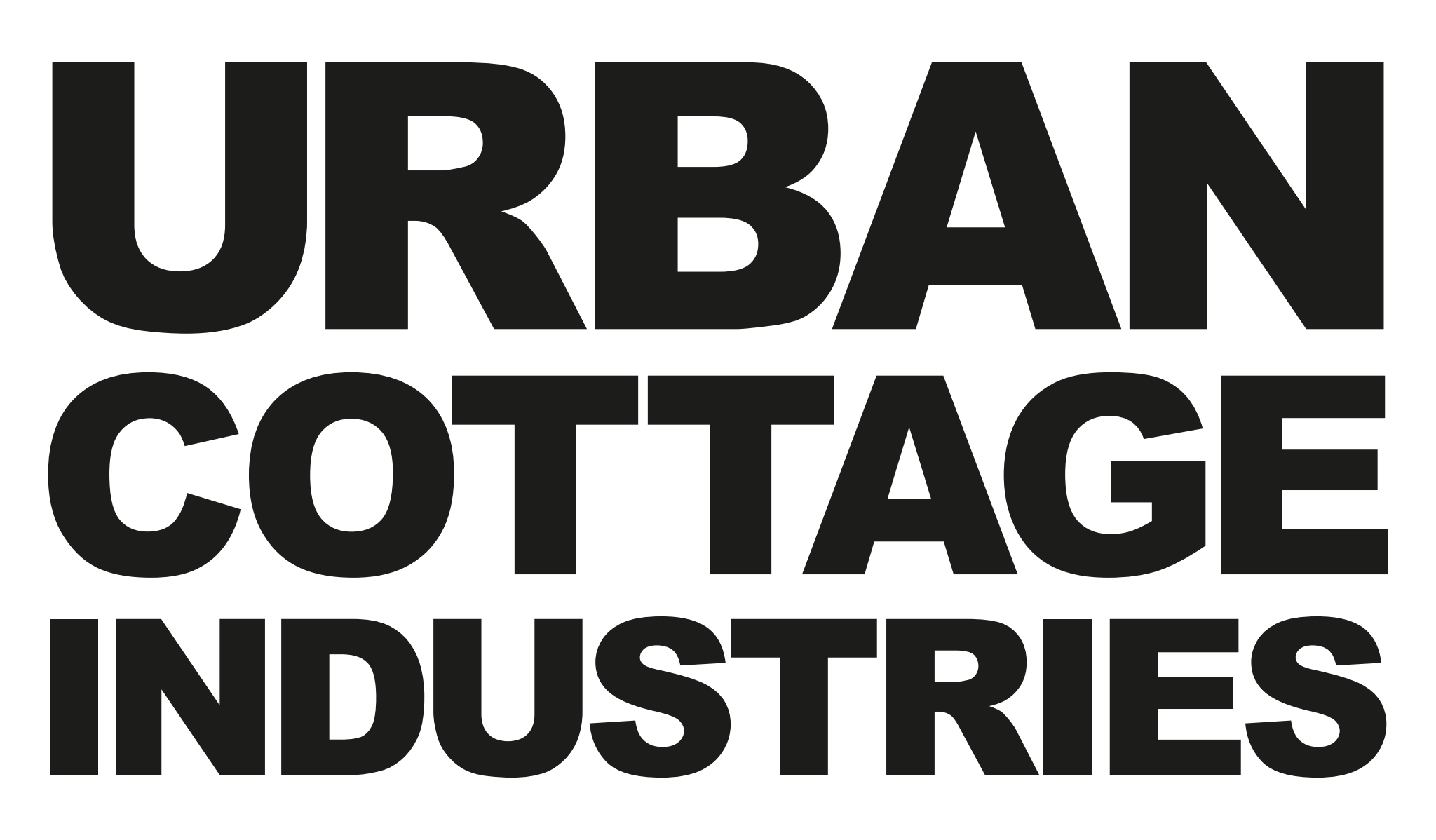
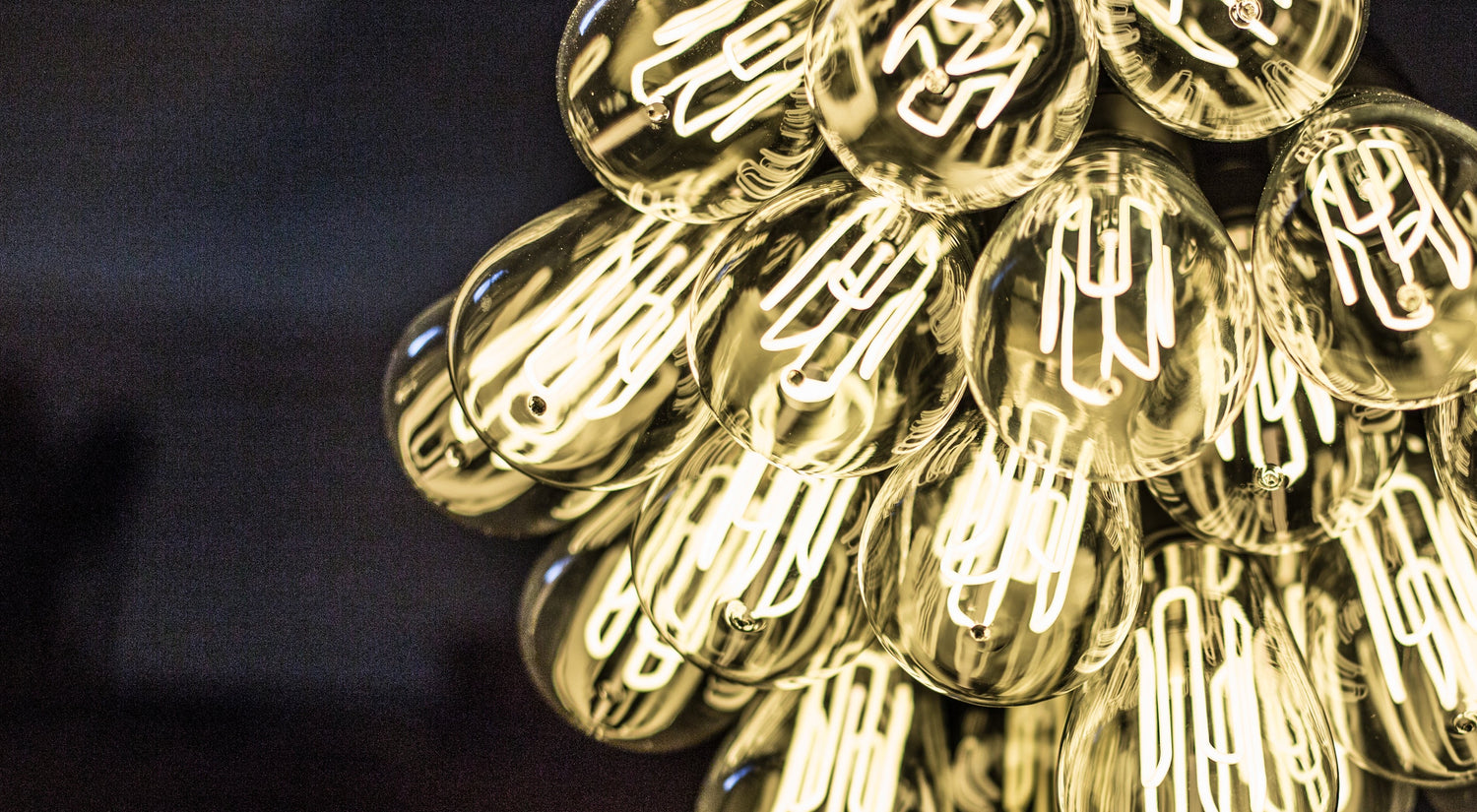



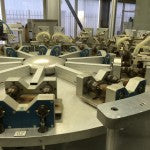
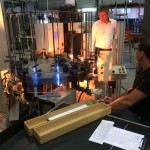







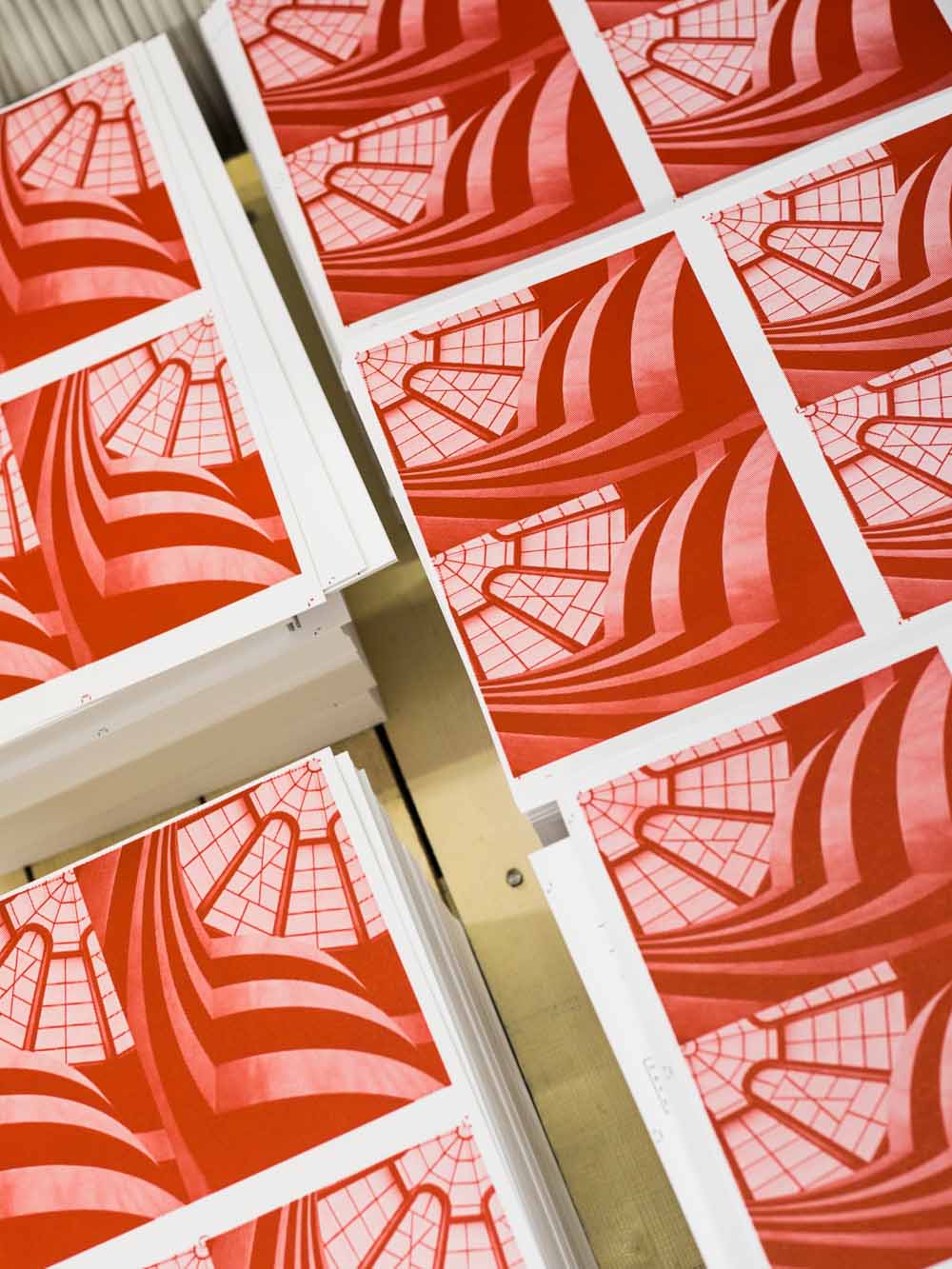
Leave a comment
This site is protected by reCAPTCHA and the Google Privacy Policy and Terms of Service apply.